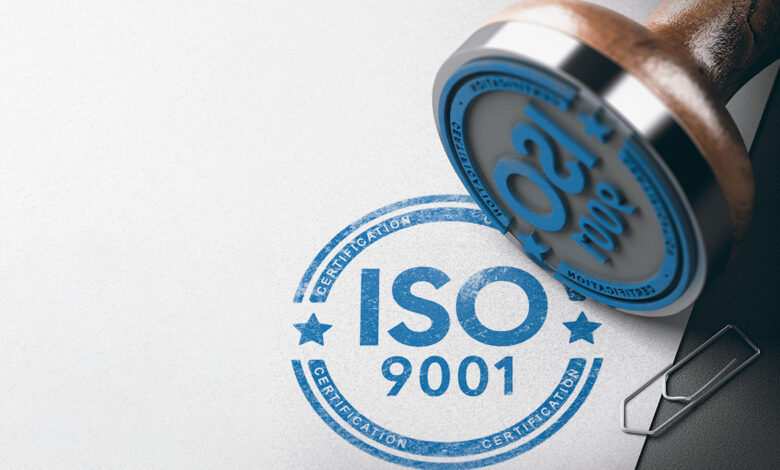GSN Boost
5 Steps Of ISO Certification

ISO 9001 is a globally recognized standard for quality management systems (QMS) that helps businesses improve their processes, customer satisfaction, and overall performance. Obtaining ISO 9001 certification involves a detailed process that includes the following steps:
- Submit ISO 9001 application:
The first step is to submit an application for ISO 9001 certification. The application should include basic information about the business, such as its name, address, nature of business, number of employees, and operational locations. This information is essential for the certification body to understand the business and its operations. - Acceptance of proposal:
Once the application is submitted, the certification body will provide a detailed proposal for the ISO 9001 certification process. The business owner will review the proposal and discuss it with the certification body for any clarification or negotiations. The proposal will include the scope of the certification, the estimated timeline, and the costs involved. - Training and documentation:
The next step is to provide training to the internal stakeholders of the organization on ISO 9001 requirements and the QMS. This training includes awareness training, documentation training, and internal audit training. The process owners or managers in the organization will prepare the necessary documents with the assistance of the certification body’s consultants or experts. The documentation process includes preparing quality manuals, procedures, work instructions, and forms that are required for ISO 9001 certification. After the documentation process, an internal audit will be conducted to check whether the QMS is implemented as per the ISO 9001 requirements. - Certification audit (Stage-1 and Stage-2):
Once the internal audit is completed successfully, the certification body auditor will visit the organization to conduct the Stage-1 audit. The Stage-1 audit aims to assess the readiness of the organization for the certification audit. During this audit, the auditor will review the documentation, identify the areas that need improvement, and provide feedback to the organization. After completing the Stage-1 audit, the certification body auditor will conduct the Stage-2 audit to evaluate the QMS’s effectiveness and implementation in the organization. The auditor will check whether the organization has addressed the non-conformities identified during the Stage-1 audit and whether the QMS meets the ISO 9001 requirements. - Final certification:
Based on the audit report, the certification body will issue the ISO 9001:2015 certificate to the organization if it meets the ISO 9001 requirements. This certificate signifies that the organization has implemented a QMS that meets the international standards of quality management. After obtaining certification, the organization needs to maintain the QMS and update the documentation regularly. The certification body will conduct surveillance audits annually to ensure that the QMS is maintained and continually improved.






